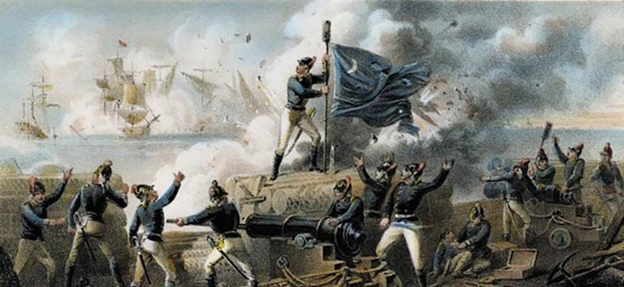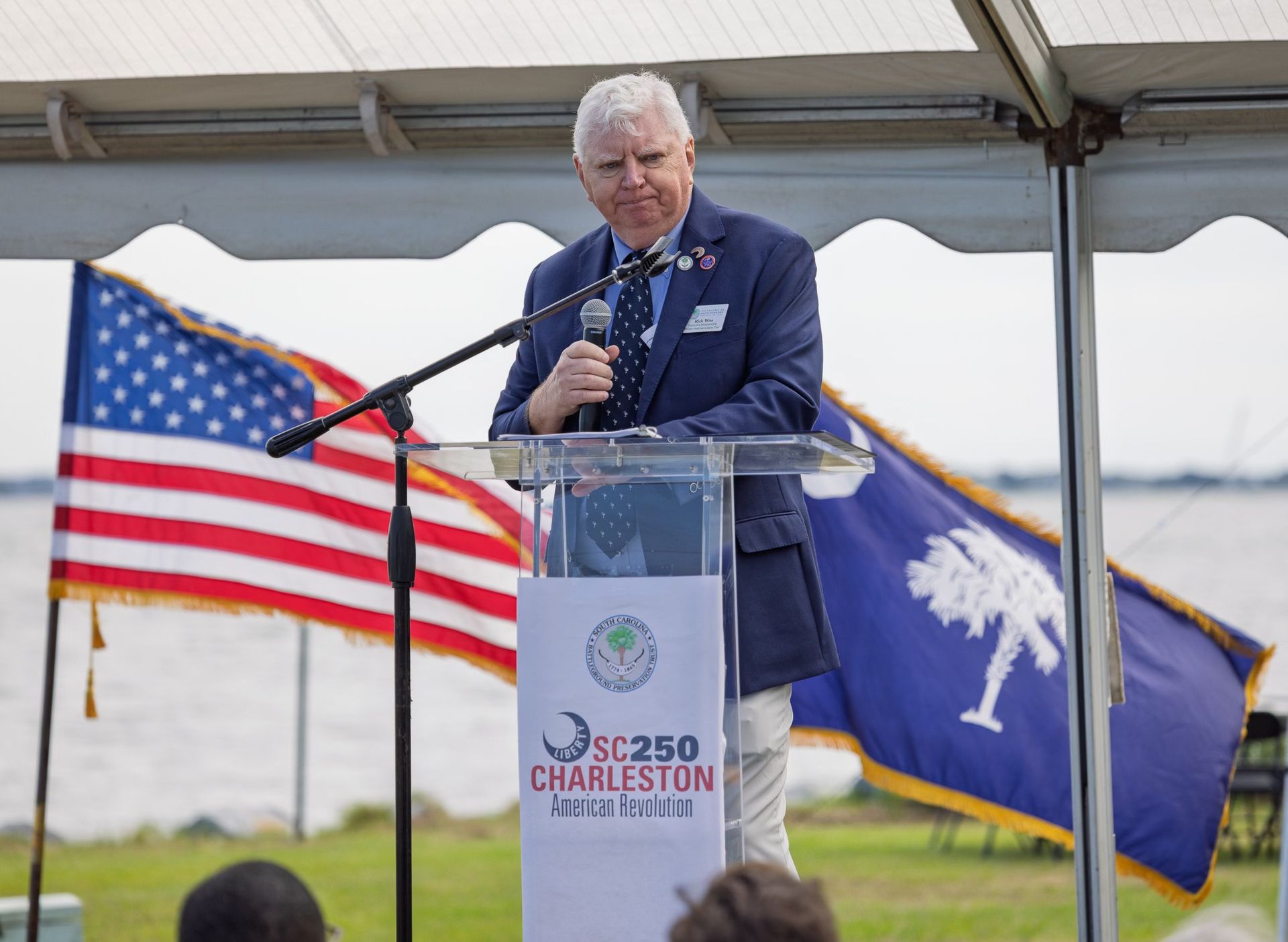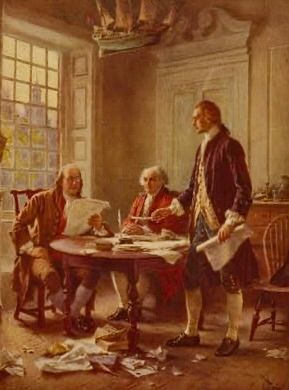Battle of Fort Sullivan
The Winds of History: The Battle of Sullivan’s Island, June 28, 1776

The winds were contrary to British wishes for weeks. The fleet under the command of Commodore Sir Peter Parker had crossed the bar to enter Charles Town Harbor and lay in the deeper waters of Five Fathom Hole near Morris Island. But in the days of wind powered navies, the ships were at the mercy of the direction of the wind. Finally on the morning of June 28 the winds were favorable, the sails unfurled, and the mighty ships of the British navy moved into position to annihilate the small fort guarding the channel into the harbor. And those winds carried all concerned into history.
We now look back 249 years to that battle, and those who fought it. June 28, 1776 and the battle fought on that date was significant. The wind ushered in legend. The small palmetto log fort, and between the logs walls to absorb the British cannon balls, of which some 7,000 were recovered in and around the fort after the battle. The fear that American General Charles Lee and others had that the British fleets broadsides would tear the fort and its garrison apart, instead turned to the legend of the spongy palmetto logs and sand deflecting or absorbing the best that was thrown at it.
A much neglected aspect of the battle was defense of the tidal waters of Breach Inlet, that separated it from Sullivan’s Island from Long Island (now Isle of Palms was key. Some 780 troops mostly the Third South Carolina Regiment (Rangers) under Colonel William “Danger” Thomson opposed 1,700 British soldiers under General Henry Clinton. The British were to cross the inlet to attack the fort by land, while the navy attacked by sea. But Thomson kept the British from crossing, helped by a British miscalculation that the water was fordable at low tide. It was up to Moultrie and the men in Fort Sullivan to fight the battle against the powerful British warships.
That slugfest lasted from 11:00 AM until the British ships cut their cables and returned to Five Fathom Hole at 9:00 PM. The Americans, with Major Francis Marion commanding the left wing of the fort, engaged a fleet of nine ships, including the 50 gun Bristol and Experiment. Moultrie ran low on gunpowder, and firing slowed. A cannon shot cut down the indigo blue flag with the crescent in the corner (yes, a crescent, not a gorget) and Sergeant William Jasper claimed immortality by jumping down to retrieve and fly it again from the rampart. Governor John Rutledge sent more powder, with the following reminder to make every shot count: “I send you 500 pounds of powder…P.S. Do not make too free with your cannon. Cool and do mischief. (The intent to cool the cannon between shots to increase their accuracy).
At the end of the day, the fort held, and the British retreated to New York…with favorable winds. We mark this great victory as Carolina Day. On June 28, 2025, we will mark the 249th anniversary of this great victory in the quest for America’s Independence.
_____
Source: David Lee Russell. Victory on Sullivan’s Island-The British Cape Fear/Charles Town Expedition of 1776. West Conshohocken: Infinity Publishing, 2002.




